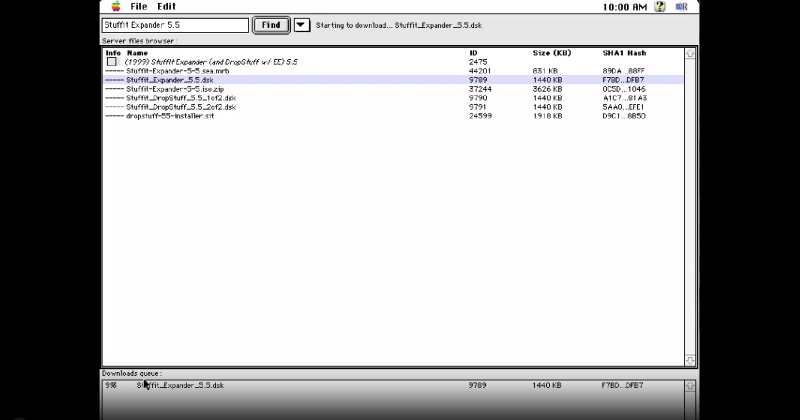Shmup Summer? Really? Is this all we’ve got to celebrate? Gradius Origins and Earthion? Sure, they’re nostalgic throwbacks, but let’s not kid ourselves! This is just a lazy rehash of old ideas packaged as “incredible.” It’s a glaring example of how the gaming industry is stuck in a rut, recycling the same tired formulas instead of innovating. Where’s the creativity? Where’s the passion for crafting something new? Instead, we’re left with these mediocre titles that barely scratch the surface of what shoot 'em ups could be. It’s infuriating to see gamers settling for this garbage while actual innovation languishes in the shadows. Wake up, people! Demand better!
#Shm
#Shm
Shmup Summer? Really? Is this all we’ve got to celebrate? Gradius Origins and Earthion? Sure, they’re nostalgic throwbacks, but let’s not kid ourselves! This is just a lazy rehash of old ideas packaged as “incredible.” It’s a glaring example of how the gaming industry is stuck in a rut, recycling the same tired formulas instead of innovating. Where’s the creativity? Where’s the passion for crafting something new? Instead, we’re left with these mediocre titles that barely scratch the surface of what shoot 'em ups could be. It’s infuriating to see gamers settling for this garbage while actual innovation languishes in the shadows. Wake up, people! Demand better!
#Shm
















